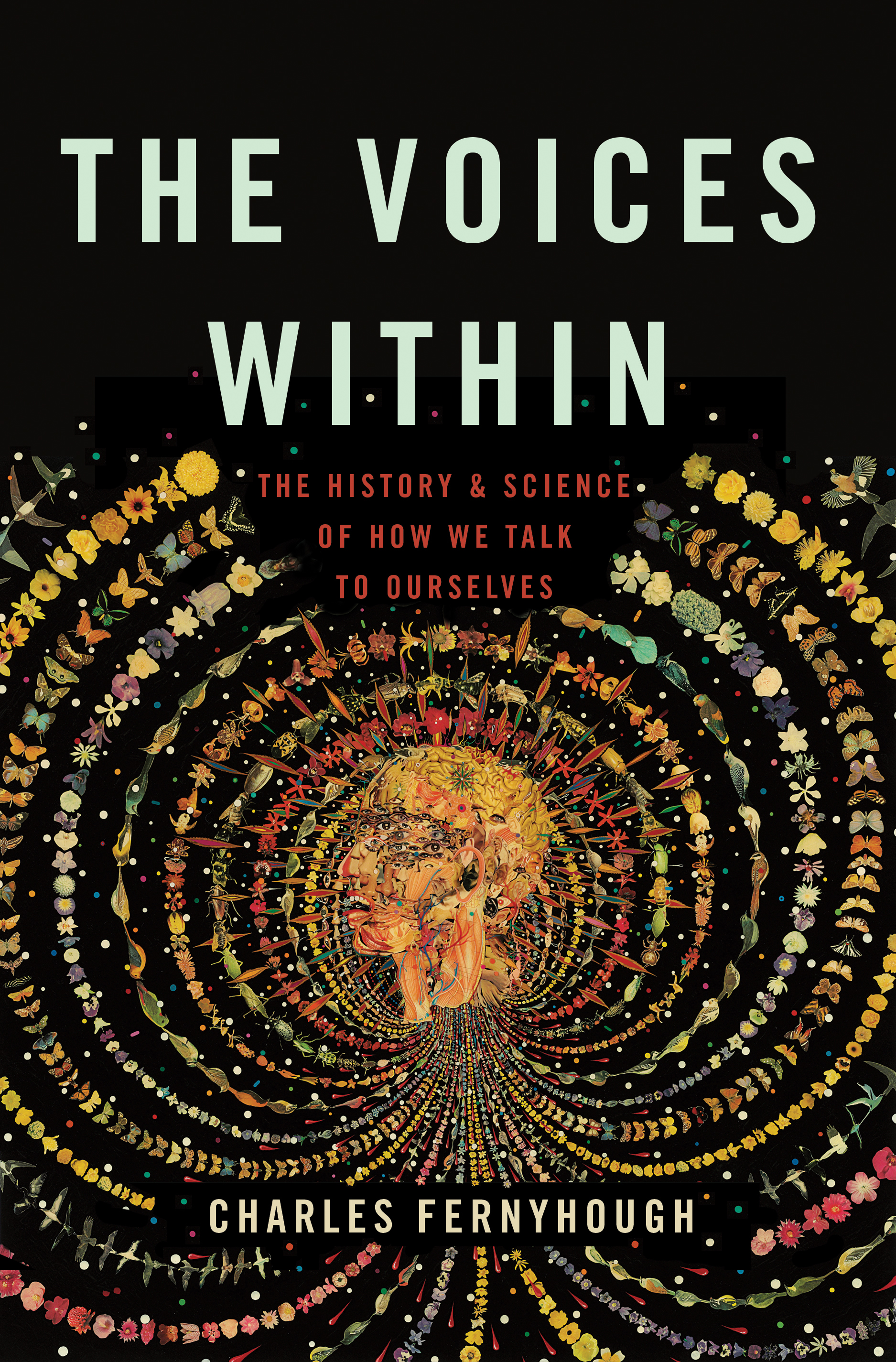
What are you thinking? If you’re anything like me, you’ll spend much of your waking life busy with an internal stream of chatter—a silent dialogue that guides your actions, helps you to think through problems and sometimes chastises you for your mistakes. Is our “inner speech” (as psychologists term it) just mental chitchat, or does it serve some useful purposes? With new experimental methods, psychologists are lifting the hood on our internal conversations. And they’re showing us that our inner voices are far from a useless accompaniment to the tasks that our brains perform.
According to one prominent theory, our inner dialogues are an internal version of the conversations we have with other people. Because of how we develop as children, we come to regulate our own behavior in the same way that our spoken words can influence the actions of others.
With the growth of neuroscientific techniques like fMRI, researchers have been able to show how mental dialogues draw on similar neural systems to those that underpin the conversations we have out loud. When you talk silently to yourself, you are using some of the same parts of your brain (such as an area towards the front and left, known as Broca’s area) that you use when you talk to your partner or coworker—even though you aren’t actually sounding out the words.
The idea that we literally think in words—that thinking is language—is controversial and hard to defend. But language certainly changes how we think. That’s borne out by a growing body of scientific findings showing that inner speech can help us with certain tasks.
Much of the research on the neuroscience of inner speech makes use of a very basic and intimate human activity: reading. When people sit down with a text, their reading seems to be accompanied by a kind of internal performance of the words that are being processed. These findings might help us to understand how fiction writers can create the effects that they do. A particularly interesting distinction is that between direct speech (Mary said, “The game was interesting”) and reported speech (Mary said that the game was interesting). Readers generally find that direct speech is more vivid than indirect speech, and there’s evidence to tie this to specific processes in the brain.
We know that inner speech comes in different forms, reflecting how it develops from external conversations. Much of the time our inner speech seems to be a compressed, note-form version of what we would say aloud—fitting with the intriguing finding that we can talk to ourselves in our heads around 10 times faster than we can speak out loud. The varied nature of inner speech points to the need to be careful about how we go about studying it, particularly finding a way to catch people speaking inner speech in the brain scanner without specifically asking them to do it (which might risk changing the nature of the very phenomenon we are interested in).
It matters that we have a science of inner speech. One important implication is for understanding the phenomenon of “hearing voices” (or auditory verbal hallucinations), where people hear others speaking when there is no one around. Commonly associated with severe mental illness such as schizophrenia, hearing voices is linked to so many other psychiatric disorders that its occurrence is not actually particularly useful for diagnosis. Crucially, hearing voices is also a feature of everyday life for many people who are not mentally ill.
A powerful theory of why people hear voices puts it down to a glitch in the processing of inner speech. The voice-hearer says something to themselves in their head, but—perhaps because of some internal communication error within the language system—doesn’t recognize the speech as their own, with the result that it is perceived as an external voice. Although hearing voices is far too complex a phenomenon to be reduced to the aberrant processing of inner speech, knowing something about how these processes work in neural terms holds out the prospect of therapies for those troubled by distressing voices.
In any case, this is not just about electrical activity in the brain. If we are really to understand inner speech, we need to pay attention to its social origins. Key to this new understanding is that idea that inner speech begins in childhood as dialogues with others, which gradually become internalized. In fact, studying inner speech makes us think differently about how growing up in social relationships influences our developing brains. We talk to ourselves in our minds because we used to talk to others out loud. Far from being the outpourings of a solitary brain, that chattering in your head is proof that your thoughts are fundamentally social.
More Must-Reads from TIME
- Cybersecurity Experts Are Sounding the Alarm on DOGE
- Meet the 2025 Women of the Year
- The Harsh Truth About Disability Inclusion
- Why Do More Young Adults Have Cancer?
- Colman Domingo Leads With Radical Love
- How to Get Better at Doing Things Alone
- Michelle Zauner Stares Down the Darkness
Contact us at letters@time.com